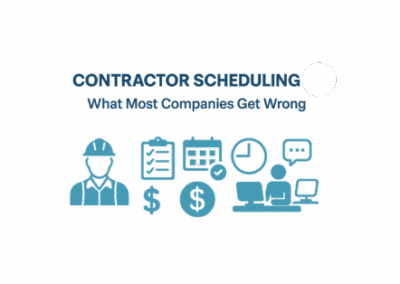Long term care facilities face quite a few challenges to provide ongoing, quality care to their patients. Patient care is generally priority number one, but of course they strive to be economical and efficient in their practice. Along with these concerns, managers must consider employee safety in long term care facilities. It’s widely known that the healthcare industry continues to see higher numbers of employees sustaining occupational injuries. We take a look at the costs of poor safety in long term care facilities, the potential risks to safety in long term care, and how to ensure safety is a high priority at your facility.
The Cost of Poor Employee Safety in Long Term are
When it comes to employee safety in long term care, there are of course, costs involved. Occupational injuries result in direct and indirect costs. The direct cost includes the compensation paid to the injured worker. It also includes the medical costs incurred from treating the injury. Indirect costs include everything else that happens as a result of the injury. There are costs associated with replacing the injured worker. There is paperwork and other administrative tasks associated with the injury that costs your facility time. Along with all of this, there is generally a drop in productivity after a workplace injury. As you can see, it can be very costly to neglect employee safety at your long term care facility.

Risks to Employee Safety in Long Term Care
“Healthcare workers routinely face the risks associated with exposures to blood-borne pathogens, drug residue, X-ray machines, respiratory illness and ergonomic injuries related to lifting patients and repetitive tasks,” – OSHA’s acting Regional Administrator Ryan Hodge in Kansas City, Missouri.
Long term care employees a tasked with a huge workload, that often carries risks to their own wellbeing. Putting patients first and working long hours is a recipe for disaster when it comes to safety at your long term care facility. Given that a high number of patients in long term care are elderly, or suffering from long term illness, employees are left carrying that burden – literally. Back injuries account for more than 60% of the direct costs associated with occupational work injuries. Back injuries are detrimental for long term care facilities as employees are out of work for longer. Employees who have previously been injured are also at higher risk of the injury re-occurring. At that point, it becomes a viscous circle of injury and costs.
Just in case you’re still not sure you should be prioritising safety in your long term care facility, it doesn’t stop there. Pair these injuries with the shortages in care staff, an ageing workforce and high employee turnover rates, and now you can see how it’s just the tip of the iceberg. While a lot of these factors are out of your control, your employees’ safety can be managed effectively.
How to Ensure Employee Safety in Long Term Care Facilities
So, what are the steps you can take to ensure your employees are safe? Let’s take a look at some of the proven methods you can employ.
Education
There are courses and programmes that you can put your employees through in order to improve safety in long term care. There are safe lifting programs, and patient handling programs along with others that have been proven to reduce occupational injuries. The key components to an effective program include powered lifting equipment, policies and procedures, training, compliance and direction from senior leadership.
These programs reduce the frequency of injuries that incur costs, and they also show promise in reducing musculoskeletal pain and injuries in caregivers. By reducing these underlying issues, you are improving safety in your long term care facility overall. Carers are less likely to become burnt out, and less likely to injure themselves. While these courses are a great option, it doesn’t mean you can’t take matters into your own hands. Develop and enforce clear and practical protocols around patient handling. Purchase and train your employees up on patient handling equipment and devices such as hoists. Follow patient care ergonomic assessment protocols. All of these are proven methods of improving employee safety in long term care.

The CASE Program
Unfortunately, it’s common for long term care facilities to spend more time reacting to occupational injuries rather than working to prevent them. Eventually, that becomes part of the workplace culture. The ideal scenario is to address safe patient handling that is sustainable over time. One way to do that is through the CASE program, which is “creating a safer environment”. This program focuses on creating a workplace culture of safety in long term care facilities that staff can integrate into their everyday operations. It aims to prevent accidents, control losses, improve the quality for work life, and of course, improving the quality of care for residents.
Technology is a huge part of any CASE program. Everything from the equipment used to replace manual lifting to the workforce management software used to track training and qualifications contribute to your efforts. Once all employees are aware of the program and how it works, and they’ve been fully trained, you’ll notice a shift in general workplace culture. Efforts have shifted to ensuring your employees are safe, rather than dealing with the results of injuries. You’ll see costs come down, absenteeism will decline, and you should see improved employee retention. Investing in employee safety in long term care results in a great return on investment.




